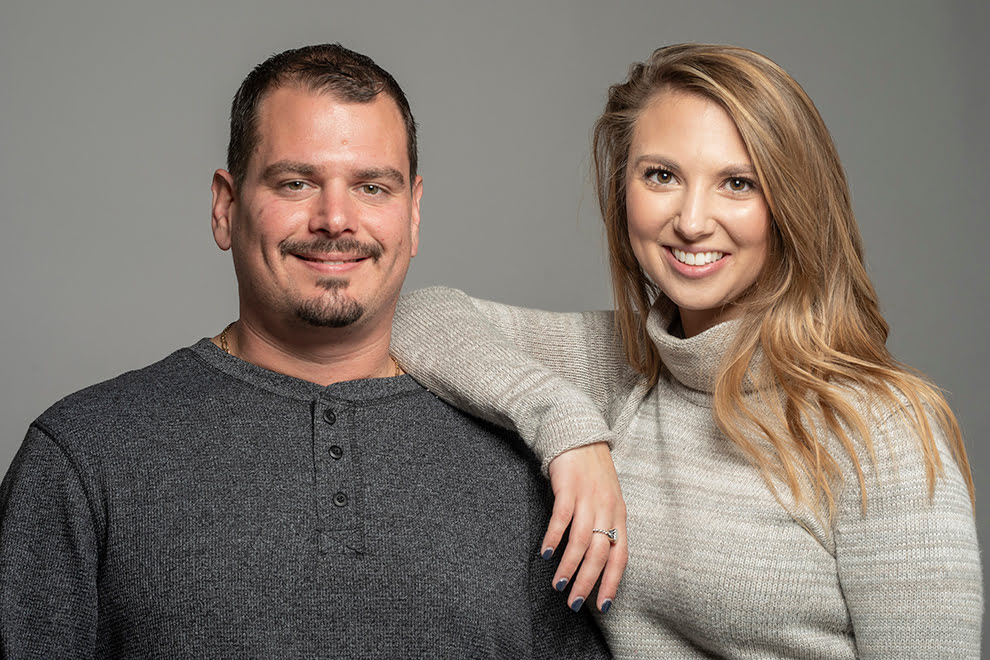 “But I can’t have ADHD. I am not hyperactive.”
“But I can’t have ADHD. I am not hyperactive.”
This is what I told the counselor in medical school when I was first diagnosed with attention deficit hyperactivity disorder (ADHD). I knew I was having trouble with concentration in school and I went to the counselor to try to find out why. But when he told me I had ADHD, I initially thought he was the one who had lost focus.
ADHD is one of the most commonly diagnosed behavioral disorders in children, and it is a chronic, lifelong condition. Though there are always exceptions to the rule, females tend to be more inattentive and internally distracted by thoughts. Males tend to be more hyperactive. Because inattention manifests more subtly than hyperactivity in youngsters, females with ADHD frequently get overlooked at home and at school. This may be why boys are almost three times more likely than girls to be diagnosed with ADHD in childhood. By the time they reach adulthood however, that gap shrinks to two to one. This is likely because females are often diagnosed later in life, while males who are hyperactive tend to be recognized very early, typically by kindergarten or first grade.
The underlying mechanisms of ADHD are the same in males and females. Both have difficulties with planning, organization, recalling details, and paying attention. The difference between the sexes is not in the symptoms, but in the behavioral expression of symptoms. A woman with ADHD may have more subtle symptoms such as being disorganized, easily distracted, and forgetful. She may be extremely sensitive to criticism, not very adept at time management, or have a very low tolerance for stress. It may be difficult for her to make decisions on even the simplest tasks, so she may seem indecisive.
Although many young females with ADHD are highly intelligent and may achieve in school, they often feel like they don’t deserve it. They often work harder to prove themselves, to the point of sacrificing sleep, wellbeing, and nutrition. The techniques used to overcome the daily challenges may work fairly well during their school years when things are more routine and structured, but when faced with the changing and demanding challenges of adulthood, their tactics fail and defenses start to crumble. As girls become women and take on more responsibilities, the stakes grow higher and time and life-management skills become increasingly important. For women with undiagnosed ADHD, each added pressure might bring them closer and closer to their breaking point. This may lead to the increased incidence of anxiety and/or depression that often goes along with this diagnosis in women.
Some women seek treatment for ADHD because their lives are out of control: their finances may be managed inappropriately; they may struggle unsuccessfully to keep up with the demands of their jobs; and they may feel unable to keep up with the daily tasks of life and family. Other women are more successful in hiding their ADHD, struggling to keep up with increasingly difficult demands by working into the night and spending free time trying to catch up or get organized. But whether a woman’s life is clearly in chaos or whether she is able to mask her struggles, she often describes herself as feeling overwhelmed, stressed out, and exhausted. What’s more, women who suffer chronic stress, like that associated with ADHD, are more at risk for stress-related conditions such as fibromyalgia.
Often, a woman is diagnosed with ADHD when one of her children is being evaluated. She might begin to educate herself on the condition and then may recognize traits in herself. Many women feel a sense of relief with the diagnosis because it gives them an understanding of what has been causing such struggles, providing a better sense of self-acceptance when a diagnosis has been made.
Initial treatment for all patients is going to be the same, which includes medication and psychological counseling. The focus of treatment is not on curing the ADHD, but on finding effective ways to manage the symptoms. Calming activities such as yoga and meditation can help focus the mind. Physical exercise has been shown to be extremely helpful in regulating mood, concentration, and energy levels. There is also evidence to suggest that diet and nutritional supplements may improve some ADHD symptoms. Psychological counseling can also help ADHD patients learn more about the disorder and how to cope with it. ADHD-focused therapies have been developed to address self-esteem, interpersonal, and family issues, daily stress level, and life management skills. For women with ADHD, certain strategies may be more helpful than others. For example, women tend to work well with support groups and with ADHD coaches.
Because ADHD is a neurobiological condition, it can also be managed with medication, often in conjunction with counseling. But it should be noted that medication management may be more complicated in females with ADHD because of hormone fluctuations that occur across the menstrual cycle (that is, puberty, peri-menopause, and menopause).
Although some women may present with hyperactive symptoms, most are described as inattentive, forgetful, withdrawn, and disorganized. This may lead to an incorrect diagnosis of depression or anxiety. It is only with the correct diagnosis that symptoms can be managed and treated appropriately.





